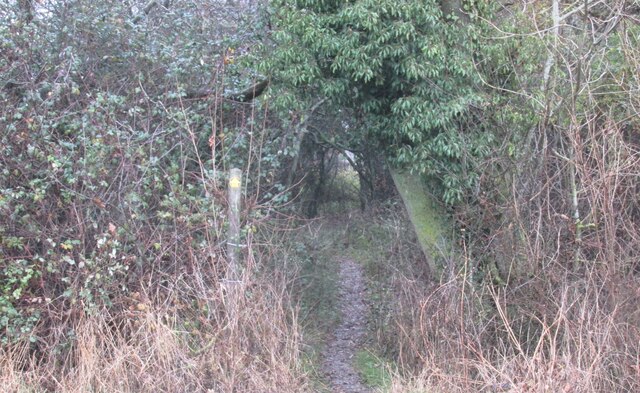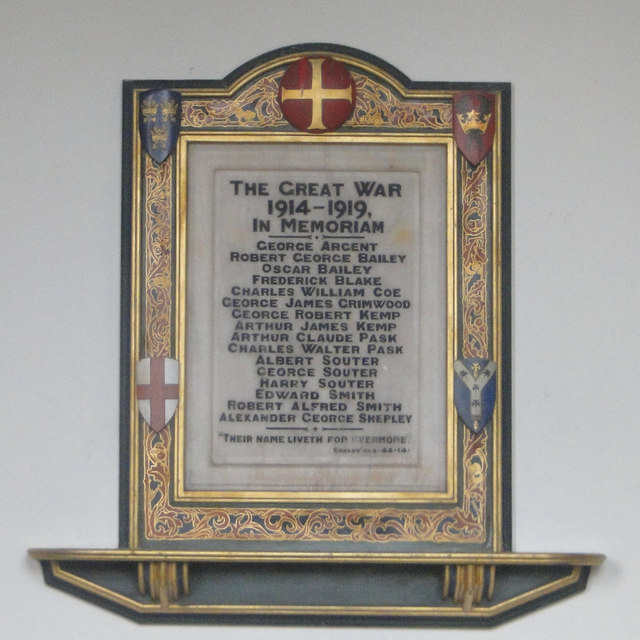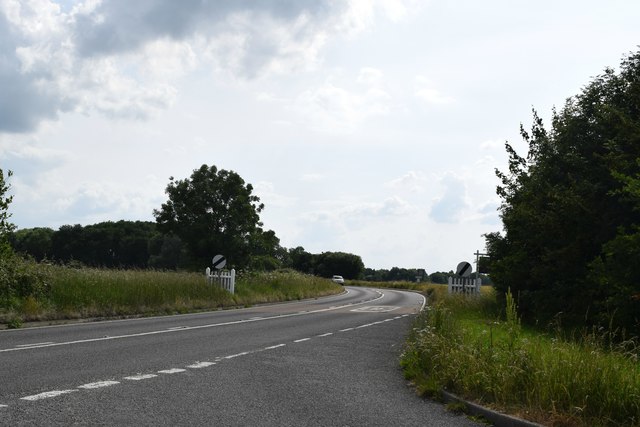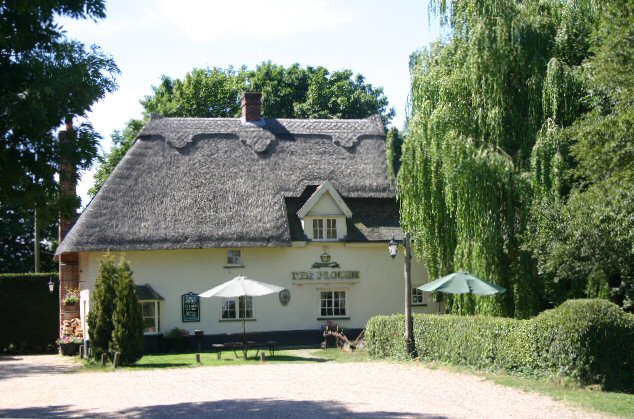Francis Wood
Wood, Forest in Suffolk West Suffolk
England
Francis Wood

Francis Wood, Suffolk, also known as Wood or Forest, is a small village located in the East Anglia region of England. Situated in the county of Suffolk, it is about 6 miles southwest of the town of Bury St Edmunds. The village is surrounded by picturesque countryside, offering residents and visitors a tranquil and scenic setting.
Francis Wood is known for its rich history, dating back to medieval times. It was originally a royal forest, and remnants of its ancient woodland can still be found in the surrounding area. The village has managed to preserve its traditional character, with many old timber-framed buildings and charming thatched cottages lining its streets.
Despite its small size, Francis Wood offers a range of amenities to its residents. These include a village hall, a local pub, and a primary school. The village also benefits from its proximity to larger towns, such as Bury St Edmunds, which provides additional amenities and services.
The natural beauty of Francis Wood and its surroundings makes it a popular destination for outdoor enthusiasts. The village is surrounded by walking and cycling trails, allowing visitors to explore the stunning countryside. Nearby attractions include country parks, nature reserves, and historical sites, providing plenty of opportunities for exploration and discovery.
Overall, Francis Wood, Suffolk, with its charming village atmosphere and beautiful surroundings, offers a peaceful retreat for those seeking a slower pace of life in a picturesque English village.
If you have any feedback on the listing, please let us know in the comments section below.
Francis Wood Images
Images are sourced within 2km of 52.176968/0.6268887 or Grid Reference TL7956. Thanks to Geograph Open Source API. All images are credited.





Francis Wood is located at Grid Ref: TL7956 (Lat: 52.176968, Lng: 0.6268887)
Administrative County: Suffolk
District: West Suffolk
Police Authority: Suffolk
What 3 Words
///messy.stored.workroom. Near Glemsford, Suffolk
Nearby Locations
Related Wikis
RAF Chedburgh
Royal Air Force Chedburgh or more simply RAF Chedburgh is a former Royal Air Force satellite station located near Bury St Edmunds, Suffolk, UK. The Bury...
Rede, Suffolk
Rede is a village and civil parish in the West Suffolk district of Suffolk in eastern England. Its location is situated South East of Chedburgh. In 1887...
Newmarket Ridge
The Newmarket Ridge or East Anglian Ridge is a ridge starting north-west of Hertford, Hertfordshire near the Chiltern Hills and ending near Sudbury, Suffolk...
Great Wood Hill
At 128 metres (420 ft), Great Wood Hill, near Chedburgh, is the highest point in the English county of Suffolk. It is the highest part of the Newmarket...
Have you been to Francis Wood?
Leave your review of Francis Wood below (or comments, questions and feedback).















